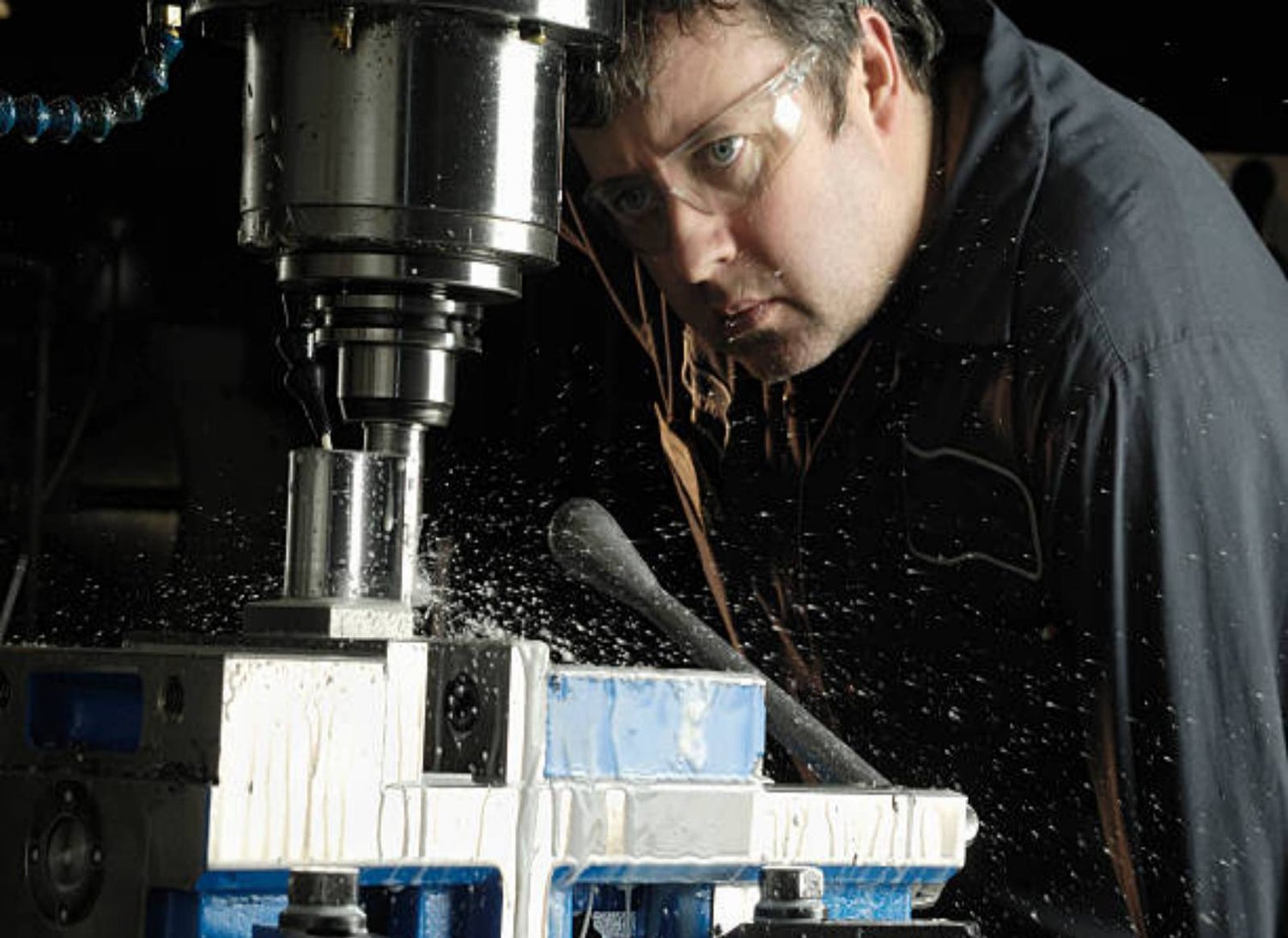CNC Milling: Revolutionizing Precision Manufacturing
When it comes to precision manufacturing, CNC milling is a game-changer. This versatile technology has transformed the way industries produce complex parts and components. From automotive to aerospace, CNC milling has become an integral part of modern manufacturing processes. In this comprehensive guide, we will explore the ins and outs of CNC milling, its applications, benefits, and how it has revolutionized the manufacturing industry.
1. What is CNC Milling?
Computer Numerical Control (CNC) milling is a machining process that utilizes computerized controls to remove material from a workpiece. The process involves rotating multi-point cutting tools to create complex shapes and designs. Unlike conventional manual milling, CNC milling offers precise and repeatable results, making it ideal for mass production and prototyping.
2. How Does CNC Milling Work?
CNC milling machines consist of a worktable and a spindle that holds the cutting tool. The workpiece is secured on the table, and the spindle moves along the X, Y, and Z axes to cut and shape the material. The cutting tool is controlled by a computer program that dictates the tool's movement, speed, and depth of cut. This automated process ensures accuracy and consistency in the finished product.
3. Applications of CNC Milling
CNC milling finds applications in various industries, including:
- Automotive: CNC milling is used to create engine components, transmission parts, and complex automotive body parts with high precision.
- Aerospace: This technology is crucial in manufacturing aircraft components such as turbine blades, wing structures, and landing gear parts.
- Medical: CNC milling is widely used in the production of medical devices, implants, and prosthetics, where precision and quality are paramount.
- Electronics: The electronics industry relies on CNC milling for the production of circuit boards, connectors, and housings for electronic devices.
4. Advantages of CNC Milling
CNC milling offers several advantages over traditional milling techniques:
- Precision: CNC milling ensures high accuracy and repeatability, resulting in superior product quality.
- Efficiency: The automation of CNC milling reduces the need for manual labor, saving time and costs.
- Versatility: CNC milling machines can handle a wide range of materials, including metals, plastics, and composites.
- Complexity: This technology enables the production of intricate and complex geometries that would be difficult or impossible to achieve manually.
5. CNC Milling Techniques
CNC milling employs various techniques to achieve desired results:
- 3-axis milling: The most basic form, where the cutting tool moves along the X, Y, and Z axes.
- 4-axis milling: In addition to the three primary axes, the fourth axis allows the workpiece to rotate, enabling more complex machining.
- 5-axis milling: This technique adds two rotary axes to the three primary axes, allowing for even greater flexibility and precision.
- High-speed milling: Utilizes specialized tools and techniques to achieve higher cutting speeds, resulting in faster production times.
6. Choosing the Right CNC Milling Machine
Selecting the appropriate CNC milling machine depends on various factors:
- Workpiece size and material: Consider the dimensions and properties of the materials you will be working with.
- Production volume: Determine whether you require a machine suitable for small-scale production or high-volume manufacturing.
- Complexity of parts: Assess the level of intricacy your components demand to choose a machine with the necessary capabilities.
- Budget: Consider your financial limitations and find a machine that offers the best balance of features and price.
7. Future Trends in CNC Milling
The world of CNC milling is constantly evolving. Here are a few emerging trends:
- Automation and robotics: Integration of robots and automation systems to enhance productivity and reduce human error.
- Advanced software solutions: Improved CAD/CAM software for better programming and simulation of milling operations.
- Smart machining: Integration of sensors and IoT technology for real-time monitoring and optimization of milling processes.
8. Ensuring Quality in CNC Milling
To achieve optimal results in CNC milling, it is essential to prioritize quality control:
- Regular maintenance: Keep the machine in good condition by following maintenance schedules and conducting routine inspections.
- Tool management: Implement effective tool management strategies to ensure tools are sharp, calibrated, and in good condition.
- Inspection and measurement: Utilize precision measuring instruments to verify the accuracy of machined parts.
9. Common Challenges in CNC Milling
While CNC milling offers numerous benefits, it also presents some challenges:
- Tool wear: Cutting tools can wear out over time, affecting the quality and precision of the machined parts.
- Material limitations: Certain materials may pose challenges in terms of machinability and require specialized tools and techniques.
- Programming errors: Mistakes in the CNC program can lead to costly errors and scrap parts.
10. Conclusion
CNC milling has revolutionized precision manufacturing, providing unmatched accuracy, efficiency, and versatility. Its applications span across industries, from automotive to aerospace, electronics to medical. As technology advances, CNC milling continues to evolve, offering new possibilities and driving innovation. By understanding the principles and potential challenges associated with CNC milling, manufacturers can harness its power to elevate their production processes and deliver exceptional results.

